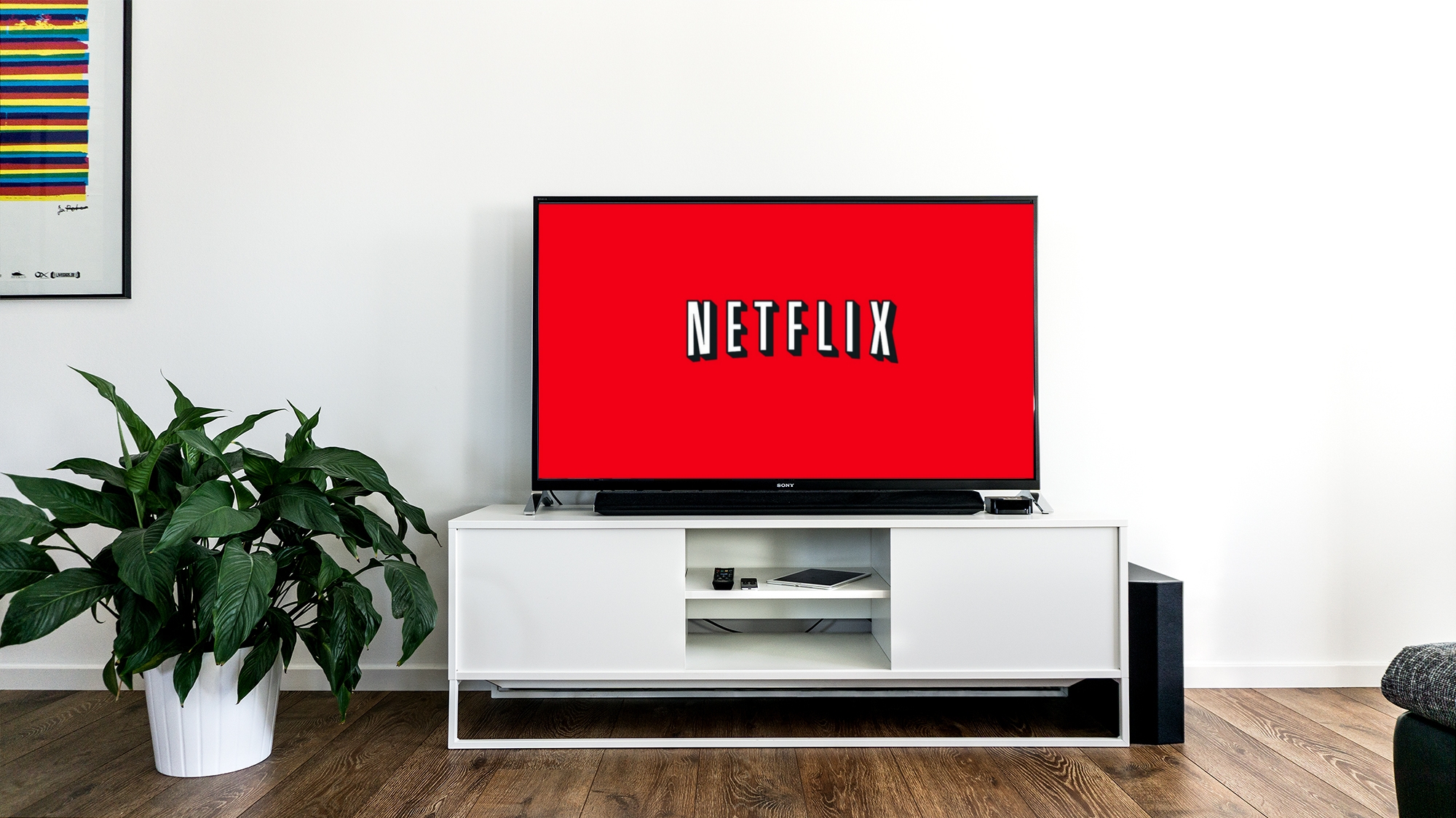Jodie Vanderslot | Health Editor
Featured image: Netflix series 13 Reasons Why just dropped the first of many teasers for season two. | Basma Elbahnasawy
With the anticipated return of the Netflix Original 13 Reasons Why, season two is promised to be just as intense as the last. Their trailer recapped the first season, highlighting their most famous and infamous characters with the gleaming caption: “Their story isn’t over.“
While season one ended with the suicide of the main character, Hannah Baker, Netflix has announced a second season to premiere in 2018. There is no official Netflix launch date as of yet, just the first of many teasers.
For those who haven’t binge watched the series, the show is based the novel written by Jay Asher about a 17-year-old girl, Hannah Baker, who commits suicide. Paralleling the book, Hannah tells her story, leaving behind 13 tapes, each one with a specific reason as to why she decided to take her own life.
Let’s take a look back at season one.
While the show was praised for being candid about the struggles of mental illness and portraying the mindset of someone struggling with depression, it was also heavily critiqued.
The silence and stigma around mental illness is what keeps many individuals from speaking up and seeking help. However, establishing a dialogue and visually portraying the events leading up to and including suicide is very different.
Often, media outlets are given recommendations on how to broadcast and report on suicide. These guidelines are set out by the Canadian Association for Suicide Prevention and the American Association of Suicidology, and consist of terms that include: Not disclosing the method used to commit suicide, leaving out the contents of a suicide letter (if there is one), and not speculating on the reasons why the death occurred.
With a second season announced, the series continues to raise questions and fuel the debate around these guidelines and the well-being of their audience for portraying much more than the struggle of mental illness.
“I think that the show did a great job at putting one of the biggest problems in schools to the forefront. I think most people’s problems with the show come from the fact that they don’t want to see or talk about it and pretend it’s not happening,” explains Hayllie Durette, a Visual Arts graduate student.
The producers of the show have good intentions—they try to relay the message and emphasize the power of kindness. While some stand by the message the show was trying to put across, many are chiming in and expressing that the way Hannah’s story is told and depicted makes it seem as though suicide is not only a viable option, but the only option.
“I believe that it just shows that every little thing someone says or does can change someone’s life. I mean, it’s slightly accurate but it’s just touching the surface of it,” says Alia Manji, a fourth- year Children’s Studies student.
The graphic representations and mature content has led the show not only to be rated for mature audiences, but also flagged with trigger warnings. Many viewers of the show have posted their own trigger warnings for each episode as well, cautioning those with mental illness to be aware of the content. One fear was that viewers may over-identify with Hannah, and more suicides would be seen as a result.
Hannah’s ultimate goal is to share her side of the story. It’s the side we rarely get to hear from when it comes to suicide and mental illness, or from victims of bullying, rape, and sexual assault. However, the show does not show Hannah seeking treatment, and her life is cut short before she can receive any. While we as a society love our happy endings, they aren’t always guaranteed, and Hannah’s situation depicts one such of these possible results.
13 Reasons Why is under much scrutiny because, in handling the issue of suicide, they have gone against the broadcasting guidelines. The show has been criticized for glamorizing suicide and providing a how-to guide that is powered by revenge. Hannah is driven by her anger and sadness, and, through her tapes, she places blame onto specific individuals, taking away her own personal agency.
The show tries to emphasize that kindness could have resolved Hannah’s feelings, and while support and compassion are paramount, when someone is in a suicidal frame of mind, it is not easy to come out of it, and professional help is often involved and encouraged for those who wish to recover—Hannah’s relationship with supporting character Clay Jensen is a perfect example of just that.
Hannah allocates blame and guilt onto her 13 reasons—and while the scenarios explain how they have hurt her—is it right to claim that they are the reason she took her own life?
We often tell loved ones and people close to individuals who have committed suicide that they should not blame themselves—they are not the reason why. It is vital to remember that you are not responsible for someone else’s suicide.
We cannot quantify feelings, rationalize all worries, or know the exact influence our words and actions may have on someone else’s life. The premise of the show is to encourage people to think critically about their actions There is a stigma attached to suicide, which is perpetuated by the silence surrounding it.
While 13 Reasons Why focuses on bullying, rape culture, and sexual assault, mental illness is not always as straightforward and reasoned.
Although season two will follow the rest of their cast in the aftermath following Hannah’s death, Hannah won’t ever be gone—not really. The show will follow the lives of each one of Hannah’s “reasons,” looking at the effects and toll suicide takes on those left behind.


